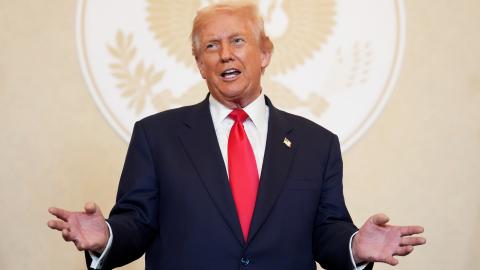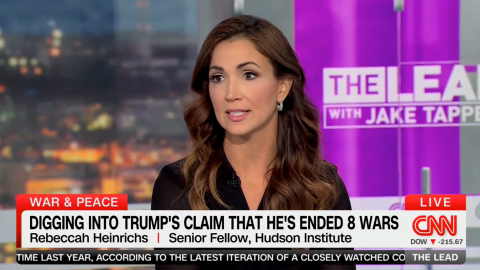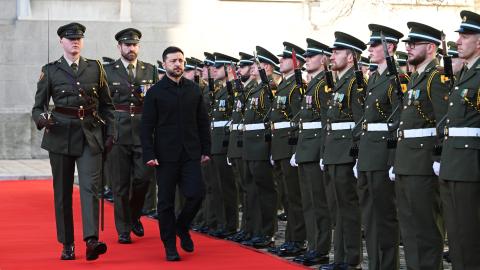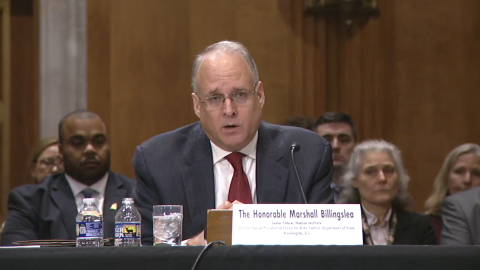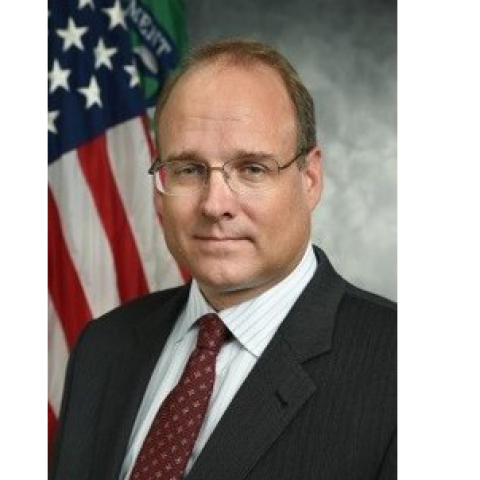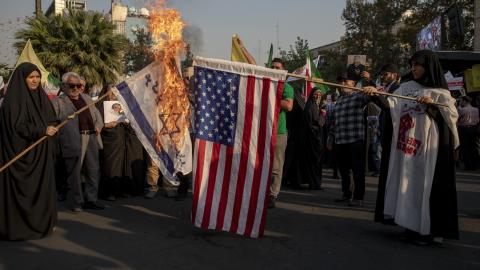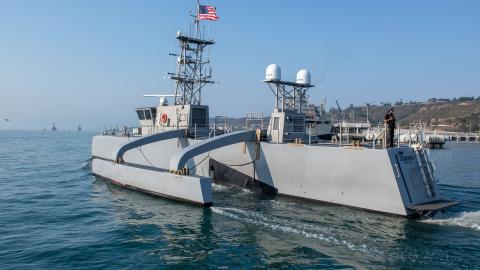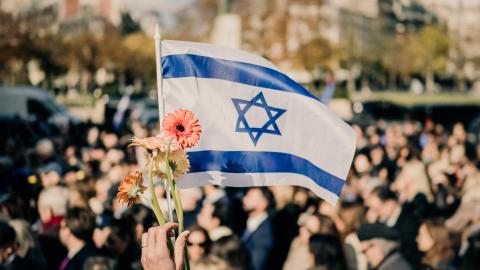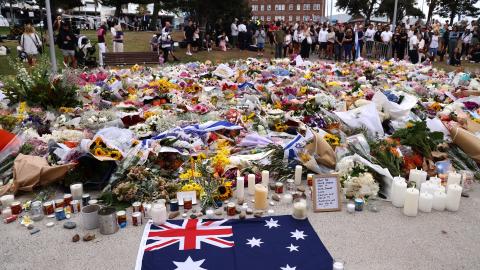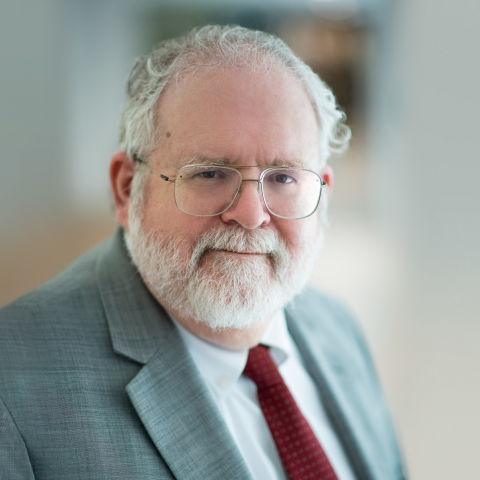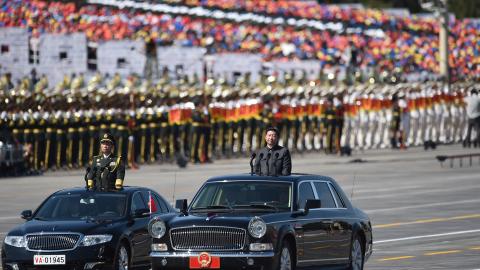On Sept. 3, the Chinese Communist Party will orchestrate a grand military parade in Tiananmen Square to commemorate victory over Japan in World War II.
Ostensibly a tribute to wartime heroism, this display is, in truth, a monumental distortion of history, a calculated fiction meant to glorify the party, vilify its contemporary adversaries and mislead its people.
At the heart of this charade lies the falsehood that the CCP was the principal fighting force against Japanese aggression during the war. This claim is a brazen lie.
From 1937 to 1945, it was the Nationalist government, under Chiang Kai-shek, that bore the brunt of Japan’s military assault. Nationalist forces, not the Chinese communists, fought nearly every major battle and sustained more than 3.5 million military casualties. In stark contrast, the CCP, holed up in its Yan’an stronghold, sustained minuscule losses. Only one high-ranking communist officer, Zuo Quan, is confirmed to have died in a skirmish with the Japanese.
Japanese casualty data confirms the truth: Of the estimated over 1 million Japanese casualties in China, virtually all fell to Nationalist or Allied hands, not the communists.
The main cause of the CCP’s inaction against the Japanese invading forces is its ideological symbiosis with the Soviet Union, which prohibited the CCP from actively fighting Japan during World War II. In late August 1939, Josef Stalin signed a nonaggression pact with Adolf Hitler, whose ally in Asia was Japan, and despite the Nazis’ subsequent betrayal of the pact, the Soviets remained vigilant against any Allied efforts using their territory, resources or affiliated forces to fight Japan in Asia. This was because of the notorious April 1941 Soviet-Japanese Neutrality Pact, which Moscow strictly enforced until the very last days of the war.
As such, the Soviets and their CCP clients were effectively bound to a policy of nonconfrontation against the Japanese in China during most of the war. Any military action by the CCP would have jeopardized the USSR’s neutrality pact with Tokyo, and thus Mao Zedong and the CCP carefully avoided real conflict with the Japanese. As a result, the Japanese military and the CCP forces virtually coexisted in the same large swaths of Japanese-occupied North China, where there was little to no communist resistance.
Mao focused not on liberation or resistance but on quietly building his army from a few thousand to more than 1 million troops by war’s end, all without serious engagement but with the goal of defeating the legitimate, U.S.-supported Chinese Nationalist government in the postwar era.
Even when American efforts, via the Office of Strategic Services, sought to arm and train guerrilla resistance in communist-held zones, the CCP obstructed operations. The brutal killing of Office of Strategic Services agent Capt. John Birch stands as a grim testament to the CCP’s duplicity and hostility toward genuine anti-Japanese resistance that threatened its ambitions.
The party’s rare foray into combat, i.e., the much-touted “Hundred Regiments Offensive” of 1940, was neither decisive nor heroic. To fake its anti-Japanese feat, the CCP claimed massive Japanese casualties because of this campaign, as many as 46,000, but Japan’s casualty records suggest the real number was less than 500. Mao later even denounced the operation as a strategic blunder, and its commander, Peng Dehuai, was purged for, among other things, violating Mao’s preference for strategic concealment in 1940.
Today’s CCP regime continues to weaponize historical memory. Museums in China’s wartime capital Chongqing and elsewhere have been redesigned to promote the illusion of a CCP-American wartime alliance.
They exhibit fabricated photos and false narratives, airbrushing out the true partnership between the U.S. and Chiang’s Nationalists. American figures such as Gen. Joseph Stilwell and the Flying Tigers are co-opted into CCP mythology, while the party viewed U.S. personnel as threats and even targeted them for assassination.
The entire upcoming parade is a political theater, a state-forged spectacle masquerading as remembrance. The irony of holding it in Tiananmen Square, where countless lives were crushed in 1989, is not lost on those who know China’s real history.
Although the CCP claims to honor 15 million Chinese victims of the war, it remains silent about the more than 70 million who perished at its own hands through purges, famines, forced labor, terror campaigns and continuing repressions.
A regime responsible for more Chinese deaths than any foreign power has no moral standing to speak of peace or sacrifice. There will be no banners for the dead of the Great Leap Forward, the Cultural Revolution or the Tiananmen Square Massacre.
No tribute will be paid to the countless intellectuals, farmers or workers crushed by Maoist campaigns or imprisoned for dissent. This parade will honor ghosts, but only the ones the party deems politically useful.
If China wishes to truly honor those who resisted Japan, it should salute the Nationalist soldiers who fought and died, the American airmen of the Flying Tigers, the brave men and women of the U.S. armed forces and OSS and the millions of unarmed civilians who endured occupation. A truthful commemoration would also acknowledge the victims of communist tyranny, the real cost of the CCP’s rise to power.
To attend this spectacle is to legitimize a fraud. No foreign leader, especially from a democratic nation, should grace this falsified history with their presence. To do so is to betray the memory of those who fought fascism and to reward a regime built on the bones of its own people.
What will unfold on Sept. 3 is not remembrance but propaganda — an insult draped in flags and uniforms, parading not history but deception. It is a lie in motion. Like all lies, it demands to be exposed.
